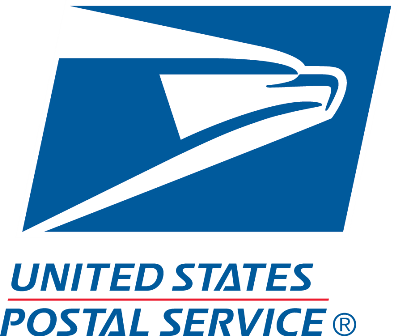On Creating A Mood Tracking App With 50K Active Users
Hi! My name is Jon Stavis and I’m the creator of eMoods, a simple but effective journaling and mood tracking application. eMoods helps people make sense of their mental health symptoms and live fuller lives. This company grew from a hobby project that I started to improve my own mental health and has since grown to reach over 50,000 active users.


eMoods is a free mobile app that allows people to quickly capture their highs and lows of each day for many symptoms related to mood and anxiety disorders such as Bipolar, PTSD, and Depression. Data relating to these symptoms, sleep, medications, and any other factors being tracked can be visualized in...

Download the report and join our email newsletter packed with business ideas and money-making opportunities, backed by real-life case studies.

Download the report and join our email newsletter packed with business ideas and money-making opportunities, backed by real-life case studies.

Download the report and join our email newsletter packed with business ideas and money-making opportunities, backed by real-life case studies.

Download the report and join our email newsletter packed with business ideas and money-making opportunities, backed by real-life case studies.

Download the report and join our email newsletter packed with business ideas and money-making opportunities, backed by real-life case studies.

Download the report and join our email newsletter packed with business ideas and money-making opportunities, backed by real-life case studies.

Download the report and join our email newsletter packed with business ideas and money-making opportunities, backed by real-life case studies.

Download the report and join our email newsletter packed with business ideas and money-making opportunities, backed by real-life case studies.








































